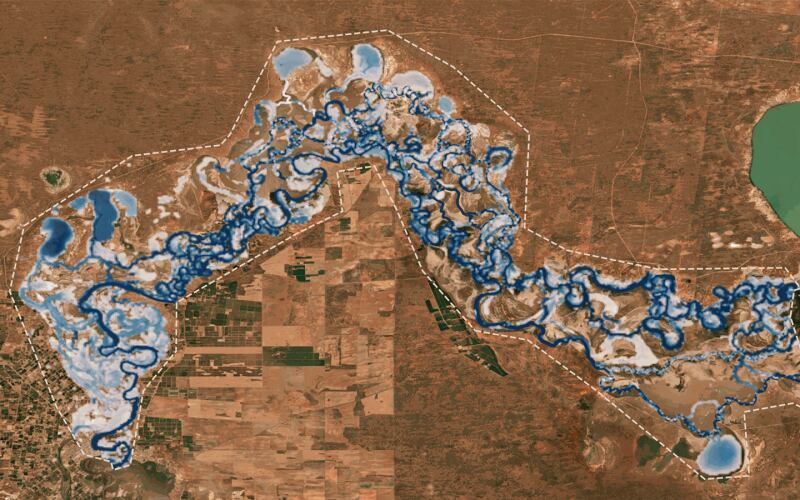Australian researchers develop simplified ML model for predictive flooding

A University of Melbourne research team has developed a simulation model that can accurately and quickly predict floods during ongoing disasters.
The new model has the potential to revolutionize emergency responses. The Low-Fidelity, Spatial Analysis, and Gaussian Process Learning (LSG) model can predict the impacts of flooding with quick and accurate results, reducing flood forecasting time from hours or days to just seconds. The team consisted of Niels Fraehr, a Ph.D. student, Professor Q. J. Wang, Dr Wenyan Wu, and Professor Rory Nathan, who are all from the Faculty of Engineering and Information Technology.
The LSG model can produce predictions that are as accurate as our most advanced simulation models, but at speeds that are 1000 times faster.
Professor Nathan said the development had enormous potential as an emergency response tool.
“Currently, our most advanced flood models can accurately simulate flood behavior, but they’re very slow and can’t be used during a flood event as it unfolds,” said Professor Nathan, who has 40 years of experience in engineering and environmental hydrology." Professor Nathan said.
“This new model provides results a thousand times more quickly than previous models, enabling highly accurate modeling to be used in real-time during an emergency. Being able to access up-to-date modeling during a disaster could help emergency services and communities receive much more accurate information about flooding risks and respond accordingly. It’s a game-changer.”
When put to the test on two vastly different yet equally complex river systems in Australia, the LSG model was able to predict floods with a 99 percent accuracy on the Chowilla floodplain in Southern Australia in 33 seconds, instead of 11 hours, and the Burnett River in Queensland in 27 seconds, instead of 36 hours, when compared to presently-used advanced models.
The speed of the new model also allows responders to account for the considerable unpredictability of weather forecasts. The limitations of current flood forecast models mean that simulations typically focus on the most likely scenario to predict a flood.
By contrast, the LSG model developed by the researchers makes it possible to simulate how the uncertainty inherent in weather forecasts translates to on-the-ground flood impacts as a flood event progresses. The model uses mathematical transformations and a sophisticated machine learning approach to rapidly take advantage of enormous amounts of data whilst using commonly available computing systems.
Professor Nathan said the model, which is the product of two years of development work, had a range of potential benefits in Australia and globally.
“This new model also has potential benefits in helping us design more resilient infrastructure. Being able to simulate thousands of different flooding scenarios, instead of just a handful, will help design infrastructure that holds up to more unpredictable or extreme weather events,” Professor Nathan said.
“As our climate becomes more extreme, it’s models like these that will help us all be better prepared to weather the storm.”
The newly developed flood prediction model is a powerful tool that has the potential to save numerous lives and minimize the impact of floods on communities. It accurately predicts the intensity and timing of floods, thus facilitating better preparedness and response. Governments and other organizations can make use of this model as a valuable asset in their endeavors to reduce the risk of floods and safeguard vulnerable populations.

 How to resolve AdBlock issue?
How to resolve AdBlock issue?